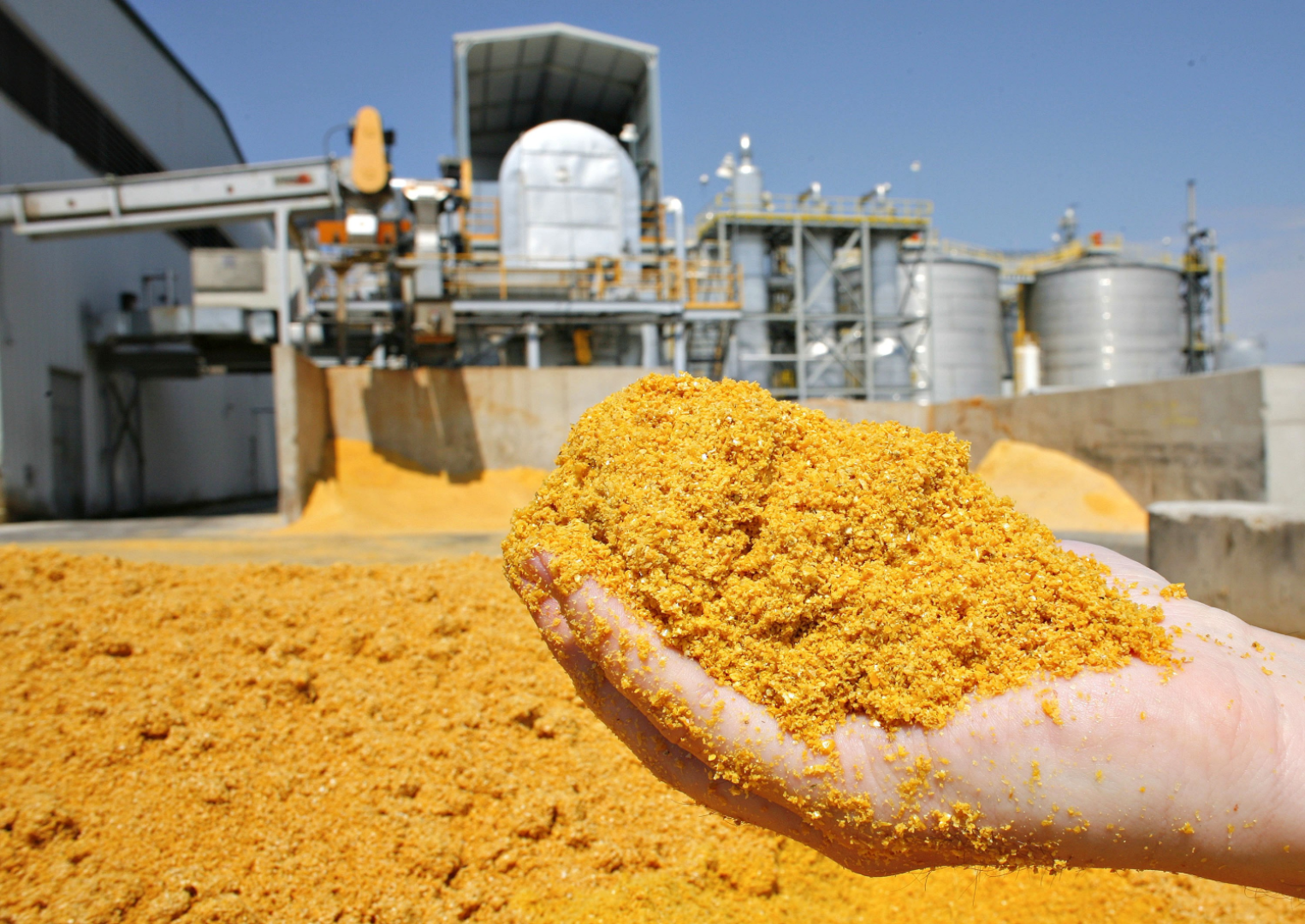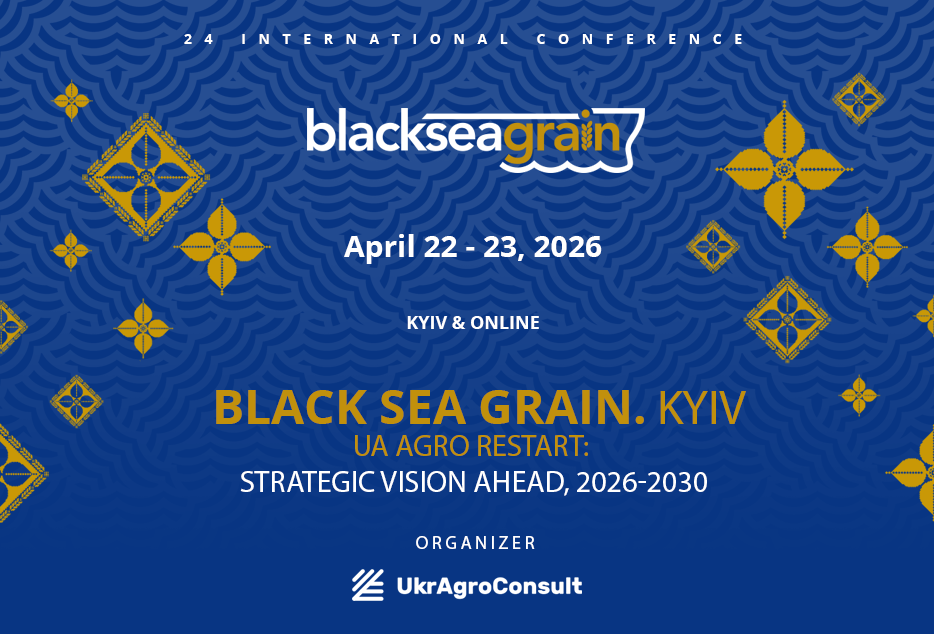Soybean meal leads as top protein choice for Mexico’s animal feed

Soybean meal continues to be the principal protein ingredient in balanced animal feed in Mexico, the National Association of Balanced Feed Manufacturers, or Conafab, said during a press conference on Aug. 27, and expects that total production of balanced animal feed in Mexico will increase year over year.
“The soybean meal has a better protein level, 45%-47%, and it is the most widely used product in balanced animal feeds. It is the main protein product used,” said Jose Luis Munguia, Conafab’s president. Despite the importance of domestic soybean meal, he said that local soybean production is insufficient to meet demand, making imports a necessary component of the Mexican feed supply chain.
According to the data presented by Conafab, total usage of protein co-products — including soybean meal, DDGS, canola meal, and other protein sources — reached 9.542 million mt, of which 5.234 million mt came from domestic sources and 4.308 million mt were imported. Looking ahead, the association estimates that 9.316 million mt of these protein co-products will be consumed in 2025, reflecting ongoing demand driven by the livestock sector.
Sorghum, commonly added to balanced feeds as an energy source, remains largely a domestically sourced ingredient. Conafab data shows that 4.372 million mt of domestic sorghum are used, compared with just 33,000 mt imported. The organization noted that importing sorghum is generally cost-prohibitive due to high transport expenses, making local supply critical for feed formulation.
Despite a recent decline in demand for DDGS, the co-product derived from ethanol production continues to play a strategic role in feed formulation. Its nutritional value is considered competitive with soybean meal, particularly as a protein supplement.
“The proportion of the components in balanced feeds is defined by a computer,” explained Genaro Bernal, Conafab’s director, highlighting the technological approach to feed formulation. “The system calculates the portions needed for DDGS as well as other components to achieve the lowest cost, while evaluating their relative value compared to other ingredients.”
This approach allows feed manufacturers to optimize costs while ensuring that livestock receive balanced nutrition. By incorporating both domestic and imported protein sources, the industry can maintain feed efficiency and cost-effectiveness despite fluctuations in local and import market prices.
Looking ahead, Conafab expects total production of balanced animal feed in Mexico to rise in 2025 to 41.883 million mt, up from 41.069 million mt in 2024. This increase reflects a slow but steady growth in the livestock sector and ongoing investment in feed infrastructure. The projected rise in production also underscores the continuing importance of both soybean meal and DDGS in meeting nutritional requirements for animals across the country.
Platts, part of S&P Global Commodity Insights, assessed US DDGS CIF New Orleans for September shipment at $188/st on Aug. 27 and the US DDGS Chicago truck market for the same period at $159/st.
For almost 30 years of expertise in the agri markets, UkrAgroConsult has accumulated an extensive database, which became the basis of the platform AgriSupp.
It is a multi-functional online platform with market intelligence for grains and oilseeds that enables to get access to daily operational information on the Black Sea & Danube markets, analytical reports, historical data.
You are welcome to get a 7-day free demo access!!!
Write to us
Our manager will contact you soon



